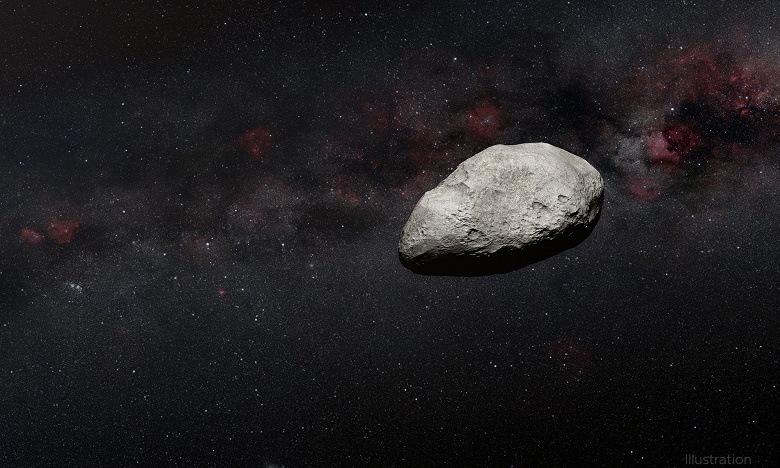Asteroids contain large amounts of heavy elements, which makes them attractive for mining
One of the reasons why the idea of mining asteroids is popular is because they contain large amounts of heavy elements. This month, NASA’s Psyche spacecraft headed toward an asteroid containing ten to thirty quintillion dollars worth of rare earths and other heavy metals.
During the formation of our planet, heavier elements descended toward the Earth’s core, making them difficult to detect. However, even on small asteroids, these heavy elements may be much more abundant and accessible.
However, some scientists believe that asteroids can store even more valuable minerals – ultra-heavy elements. Elements significantly larger than uranium on the periodic table. If they existed, they would have such a high density that they would quickly sink into the Earth’s core at an early age, which is why they were not discovered on Earth.

The idea of ultra-heavy elements comes from theoretical models of large atomic nuclei. Elements above iron (atomic number z=26) are not formed by fusion in the cores of stars but are created through cataclysmic events such as supernovae and neutron star mergers. These include elements such as silver, gold, tin, and lead. All elements up to uranium, with atomic number 92. Elements greater than uranium can form naturally but have not been found in nature.
Asteroids – a new “gold rush”: in search of ultra-heavy elements
Part of the reason for this is that for elements larger than lead, only thorium (z=90) has a stable isotope. Uranium has a half-life of several billion years, plutonium (z=94) has a half-life of about 80 million years, and americium (z=95) is only 7000 years. After this, the elements have a half-life of a few days at best, and often only a few seconds or milliseconds. Very large nuclei are simply not radioactively stable and do not persist on asteroids for several billion years, even if they formed naturally.
However, theoretical calculations of large nuclei suggest that far beyond uranium, at approximately z=114, a group of stable elements may exist. They would have a “magic number” of protons and neutrons to fill their nuclear shells, making them unusually stable. The idea of this “island of stability” is not controversial, but most nuclear chemists believe that such elements would have half-lives of no more than centuries. Although some argue that these elements may have half-lives comparable to uranium – on the order of a billion years. If this is true, then elements such as flerovium could indeed be hidden in asteroids.
There is some evidence for the existence of superheavy elements in meteorite fragments. A 2019 study looked at cosmic ray signatures in meteorite olivine fragments and found evidence of three traces indicating they were formed from superheavy elements with half-lives of several decades. Other studies also offer evidence, but not with half-lives of billions of years.
This leads to a new study: the authors spend much of their work on how superheavy and ultraheavy elements on the “island of stability” can form naturally, without the need for dark matter as an ingredient. The authors point to an asteroid known as 33 Polyhymnia as a likely source of such elements.
Polyhymnia has been poorly studied, but a 2012 paper calculated its mass to be 6 x 1018 kg. Given that the asteroid is only 50 kilometers across, the estimated density is 75 g/cm³, which is so different from the expected value that even the author of the paper believes it is an unreliable estimate. The result was not confirmed by subsequent observations, however, the new study notes that the result may be correct if the asteroid contains superheavy elements.




